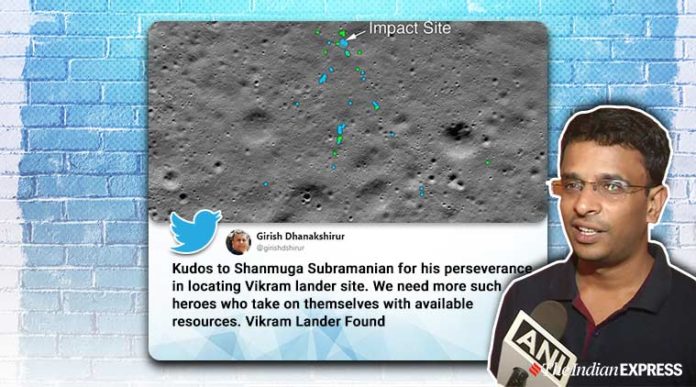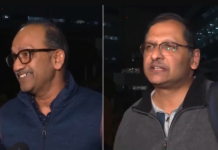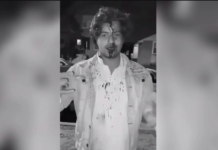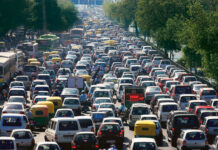

Indian lunar lander broke into pieces on crashlanding on September 7 confirmed the lunar surface images launched by NASA. Its debris was spread across at least 750 metres of the crash site, which itself was off the landing target.
The U.S. prime space agency also credited Indian engineer Shanmuga Subramanian with
being the first to find the debris from the Chandrayaan-2 mission’s lander.
NASA’s team identified about 20 points where the debris was spread and a few spots where the lunar ‘soil’ or regolith was dispered on its impact. Vikram contained the rover within itself.
The NASA yesterday released the images taken on November 11 by its Lunar Reconnaissance Orbiter (LRO) which has been orbiting and scanning the moon since September 2009.
“Shanmuga Subramanian contacted the LRO project with a positive identification of debris. After receiving this tip, the LROC [LRO Camera] team confirmed the identification by comparing before and after images.”
In the first ever mission to the south pole of India on September 7, the landing craft of Chandrayaan 2 fell silent just three minutes before it was due to touch down on the lunar surface. Many space experts have tried their best to find out the exact reason behind the failure of Vikram’s landing since then while ISRO was unwilling to share any kind of information regarding this topic.
During its orbits the LRO had routinely flown over the presumed crash site on September 17, October 14 and November 11. The first two visits could not give a clear image because of the darkness on the moon and the camera angle.
“The November mosaic had the best pixel scale (0.7 metre) and lighting conditions (72 degrees incidence angle).”
The December 3 statement said, “The November mosaic shows best the impact crater, ray and extensive debris field. The three largest pieces of debris are each about 2×2 pixels and cast a one pixel shadow.”











